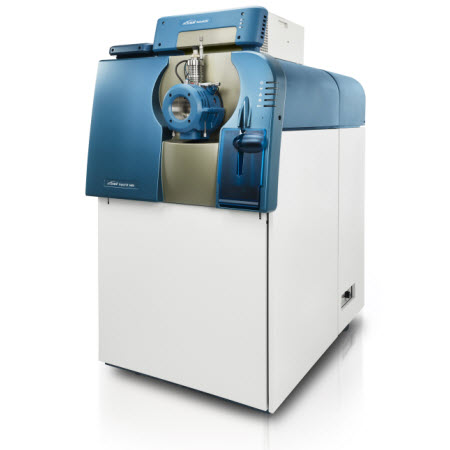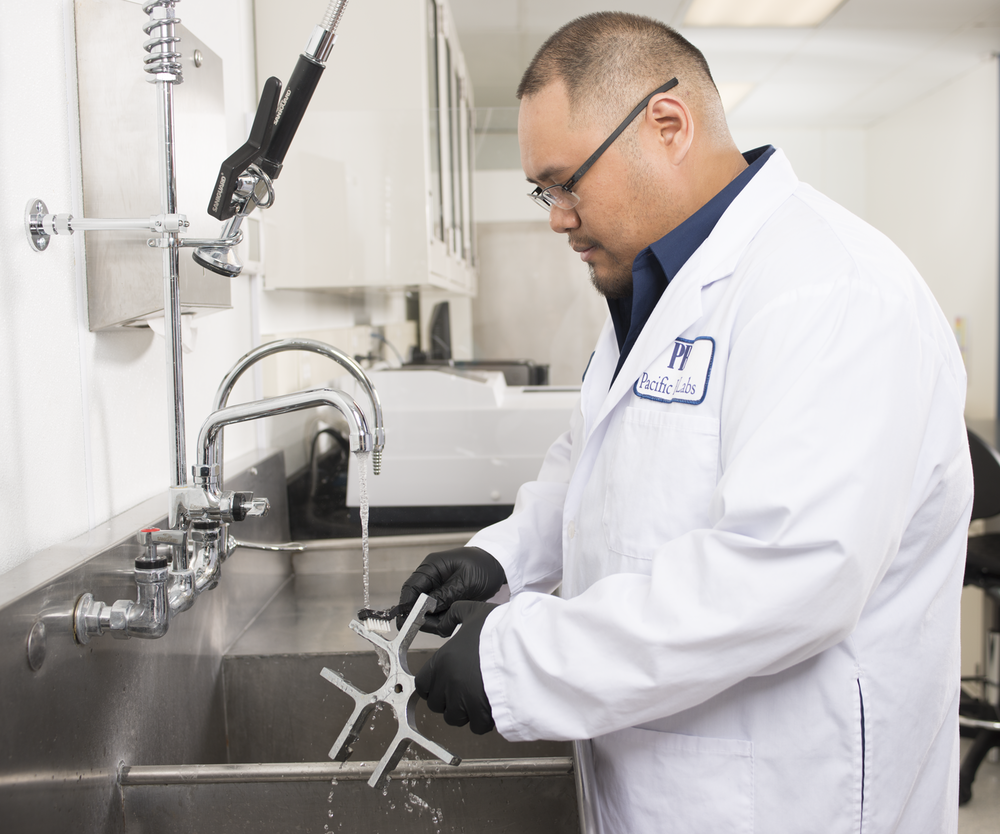News | March 26, 2019
For their March issue, Medical Product Outsourcing Magazine interviewed Ryan Harper, PBL's Business Development Director, regarding recent medical device testing changes and developments. The article discusses current industry trends, additions […]
Gene therapy has broken out of its chains. In 2017 alone, Kymriah (Novartis), Luxturna (Spark), and Yescarta (Kite Pharma/Gilead) received FDA approval. The number of small gene therapy companies is […]
News | July 20, 2018
Pacific BioLabs has purchased and validated a QuickPlex SQ 120 MSD instrument and we are now accepting requests for MSD studies. The instrument will be used for immunogenicity testing, biomarker […]
News | June 27, 2018
In the spring of 2018, PBL purchased a SciEx 5600 TripleTOF mass spectrometer. That instrument is now fully validated and ready to use for regulated studies. Please see PBL's blog […]
On July 11th, 2017 the FDA announced that they have determined that certain class II device will no longer meet the premarket notification requirements under section 510(k) of the Federal […]
The path to drug approval involves drug discovery and drug development. In drug discovery, compounds are screened for favorable biological activity against a target(s) and lead compounds are chosen to […]




